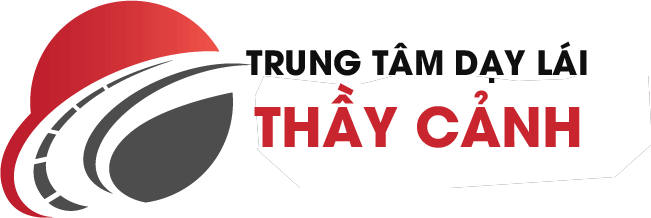
Current assets represent all the assets of a company that are expected to be conveniently sold, consumed, used, or exhausted through standard business operations within one year. Current assets appear on a company’s balance sheet and include cash, cash equivalents, accounts receivable, stock inventory, marketable securities, prepaid liabilities, and other liquid assets. Current liabilities are typically settled using current assets, which are assets that are used up within one year. Current assets include cash or accounts receivable, which is money owed by customers for sales.
- Accounts payable is typically one of the largest current liability accounts on a company’s financial statements, and it represents unpaid supplier invoices.
- A receivable is created any time money is owed to a firm for services rendered or products provided that have not yet been paid.
- Interest receivable also has some risk mitigation benefits for businesses since it diversifies their revenue streams beyond just sales or services rendered.
- Non-Current Assets is an account where assets that cannot be quickly converted into cash—often selling for less than the purchase price—are entered.
- In this case, the company creates an adjusting entry by debiting interest expense and crediting interest payable.
How to calculate interest revenueInterest revenue is calculated and recorded separately of interest receivable. A note generally creates interest income even though the interest has yet to be paid in cash by the borrower. Interest receivable is an essential asset for businesses that lend or invest money.
Is Interest Receivable A Current Asset In Business?
Consequently, at the end of the month of January, when the company wants to record the insurance expense for the month, they will need to divide the amount paid ie. $24,000 by 12 months which will give the insurance expense for https://www.bookstime.com/ each month that is $2,000. Current assets are any asset a company can convert to cash within a short time, usually one year. These assets are listed in the Current Assets account on a publicly traded company’s balance sheet.
In the rarer occasion that there is no expectation of payment within one year, then it may be considered a non-current asset. Interest receivable is an amount of interest that is owed but has not yet been paid. Usually interest receivable is expected to be paid within a year, making it a current asset. Current assets are any assets that can be converted notes receivable into cash within a period of one year. Interest receivable is the amount that a company has earned but has yet not been paid in cash or other economic resources. Typically, a common stock investor is going to be happiest when the stock market heads down if she owns a large, profitable business with enormous cash reserves and little to no debt.



